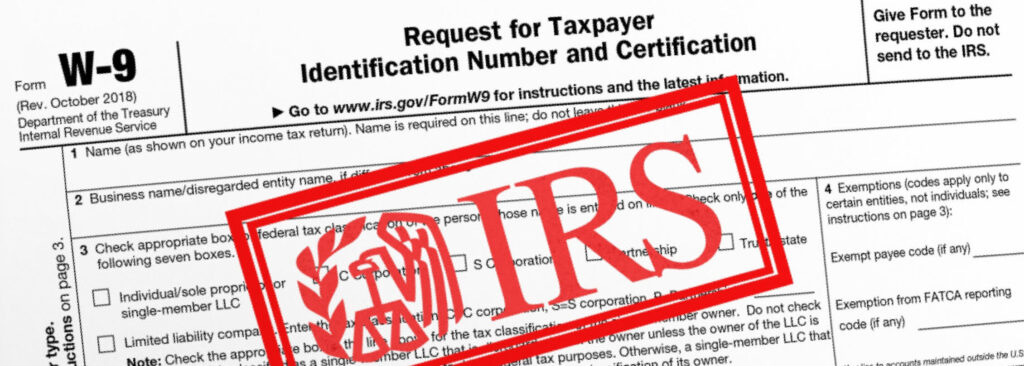Introduction
Making the shift from a traditional W-2 job to a 1099 independent contractor position can be a strategic move, offering the opportunity for supplemental income and potential tax advantages. However, understanding the nuances of this transition is crucial to make informed decisions about your financial well-being.
Tax Deductions
One of the primary advantages of working as a 1099 contractor is the ability to take advantage of various tax deductions that may not be available to W-2 employees. Deducting expenses such as phone bills, computer equipment, and internet costs can significantly reduce your taxable income. Keeping detailed records of your business-related expenses is essential to maximizing these deductions.
Financial Considerations
While the potential for increased income as a 1099 contractor is appealing, it’s important to note that the pay structure is different from a traditional W-2 job. Here are some key financial considerations:
1. Minimum Contractor Pay
It is advisable to negotiate a minimum contractor pay that is at least 20% higher than your previous W-2 wage. This compensates for the additional costs and taxes associated with being an independent contractor.
2. Conversion Rates
Common wage to contractor rate conversions often range from 50% to 200% higher than W-2 compensation. Understanding industry standards and negotiating a rate that reflects your skills and expertise is crucial in securing a fair compensation package.
3. Tax Rates
Be mindful of your tax bracket, as contractor income, coupled with the self-employment tax (FICA), can push your effective tax rate into the 50% zone. This underscores the importance of proper financial planning and setting aside funds for tax obligations.
Balancing Costs and Benefits
Navigating the transition from W-2 to 1099 involves a delicate balance between maximizing income and managing associated costs. Here are some strategies to consider:
1. Create a Budget
Develop a comprehensive budget that accounts for both your business and personal expenses. This will help you understand your financial obligations and ensure that you allocate funds appropriately.
2. Emergency Fund
Building and maintaining an emergency fund is crucial as an independent contractor. This fund can serve as a safety net during lean periods or unexpected expenses, providing financial stability.
3. Professional Advice
Seek guidance from financial professionals or tax experts who specialize in self-employment. They can help you navigate the complexities of tax laws, provide insights on deductible expenses, and assist in optimizing your financial strategy.
Conclusion
Transitioning from a W-2 job to a 1099 independent contractor role can be a rewarding move with the potential for increased income and tax benefits. However, it’s essential to approach this shift with careful consideration of the associated costs and financial implications. By understanding the nuances of the contractor landscape and implementing sound financial strategies, you can navigate this transition successfully and maximize the advantages of your new independent contractor status.



